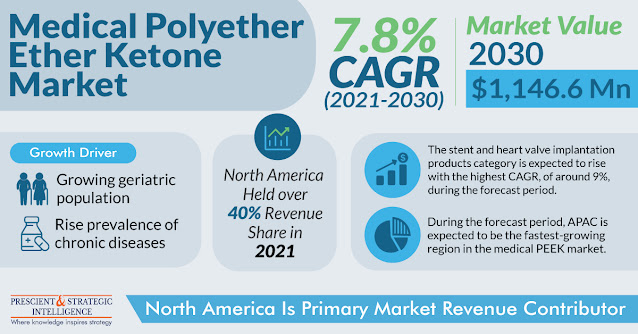By 2030, the carbon capture, utilization, and storage market are expected to generate $17,835.6 million value, from $2,037.0 million in 2021. The increasing emphasis on lowering carbon emissions, the government plans to achieve carbon neutrality in 2050, and the growing demand for CO2-EOR methods are the main drivers cited for the market's rise.
Startups engaged in the creation of cutting-edge carbon capture technology are receiving funding from investors and venture capital firms. For instance, Despite the COVID-19 epidemic, VC-backed firms got investments totaling over $325 million in 2020, an increase of almost $75 million from the previous year.
Additionally, commercial methods for deploying CCUS systems have shifted away from the development of massive, standalone installations and toward the development of industrial hubs with common CO2 storage and transfer facilities. The installations offer large economies of scale and low commercial risks because of innovative business models that concentrate on transportation and storage services.
In the past, the North American carbon capture, utilization, and storage market contributed to more than 35% of total revenue; this position is anticipated to hold during the projection period. This is attributed to both the rising integration of CCUS projects with anticipated liquified natural gas developments in the region and the rising demand for goods and fuels with a smaller carbon footprint.
However, over the projection period, the APAC carbon capture, utilization, and storage market are anticipated to develop at the quickest rate. This is because most brand-new projects are being developed in developing nations, where pollution is high. There are additional benefits for businesses to locate their projects in APAC due to the region's excellent geology for carbon sequestration.













